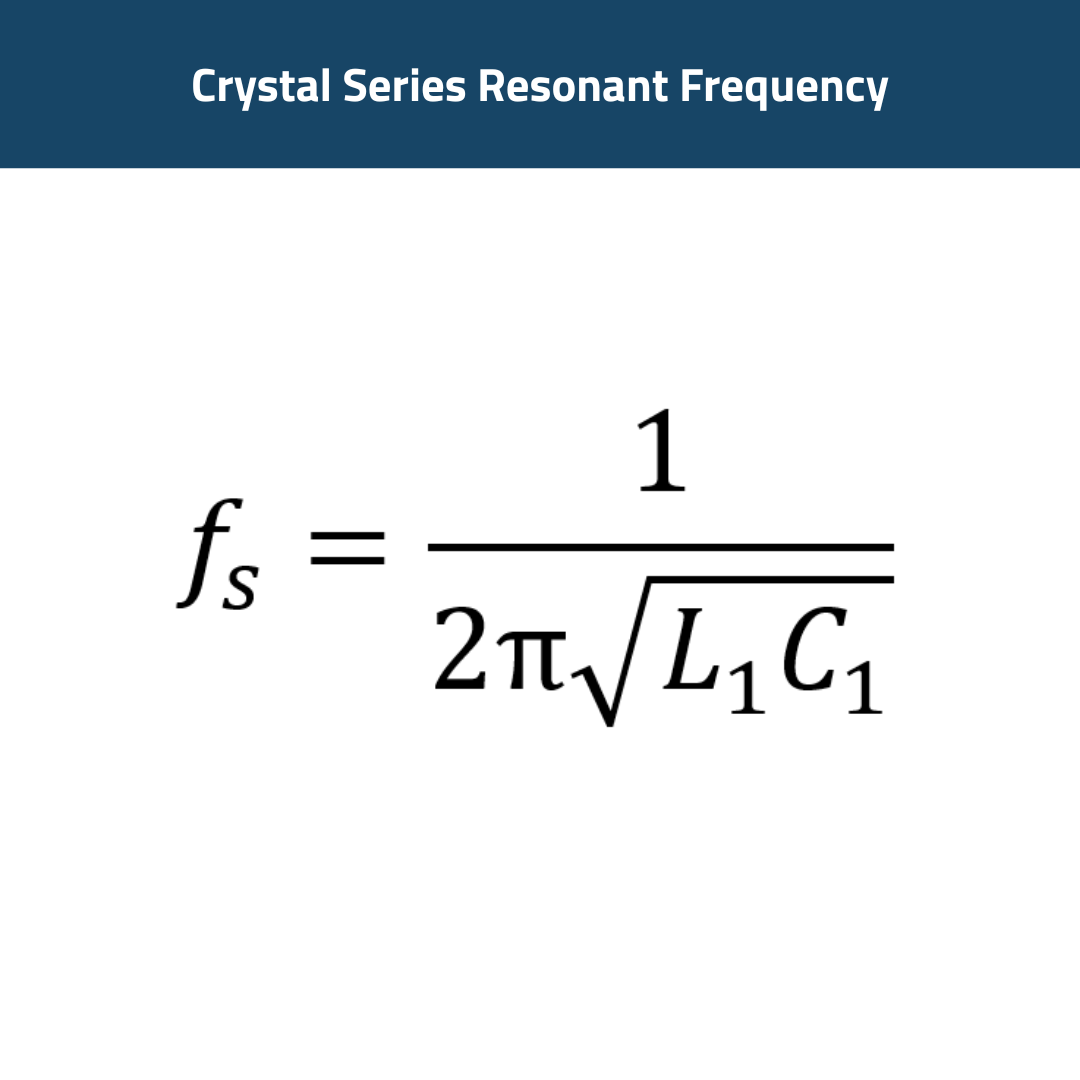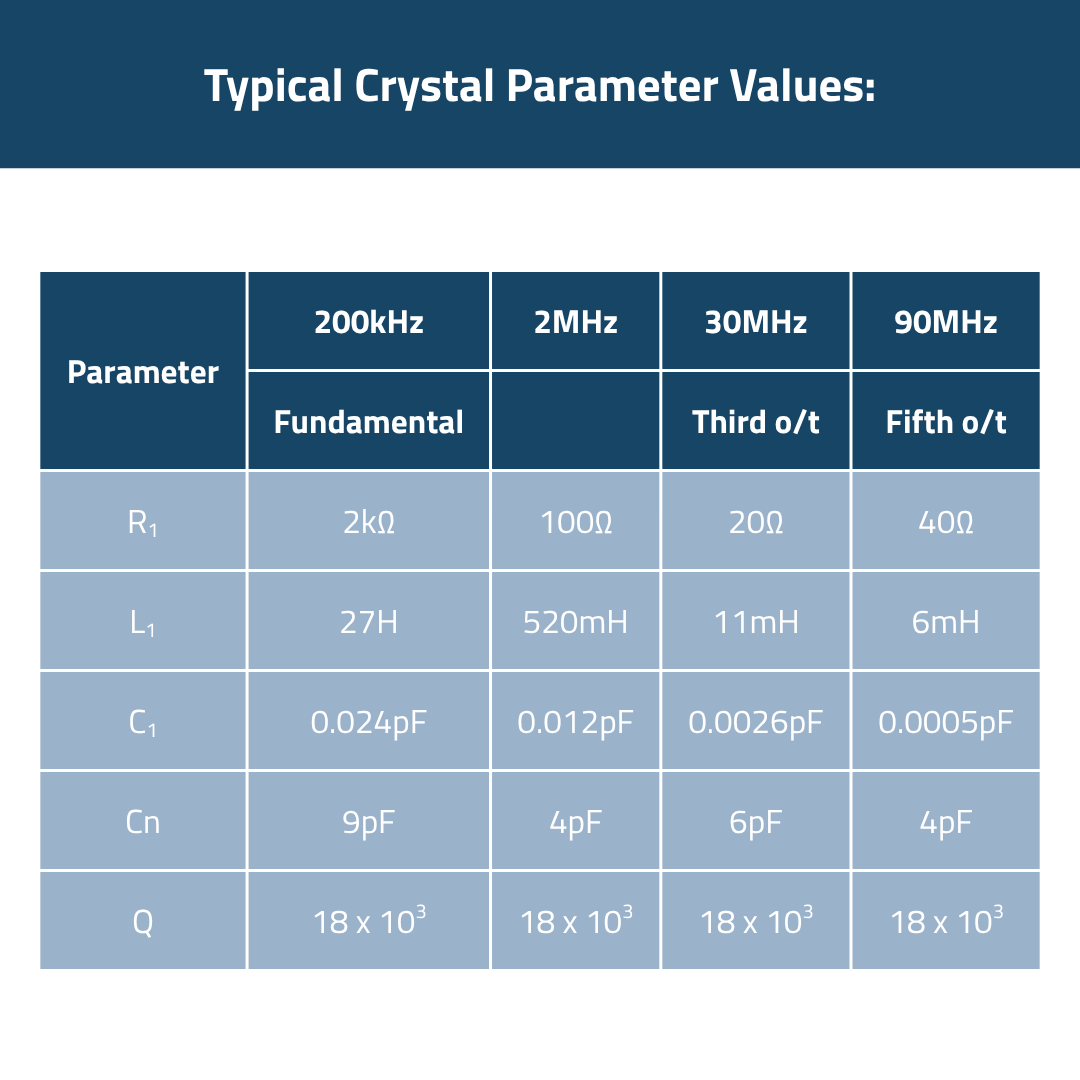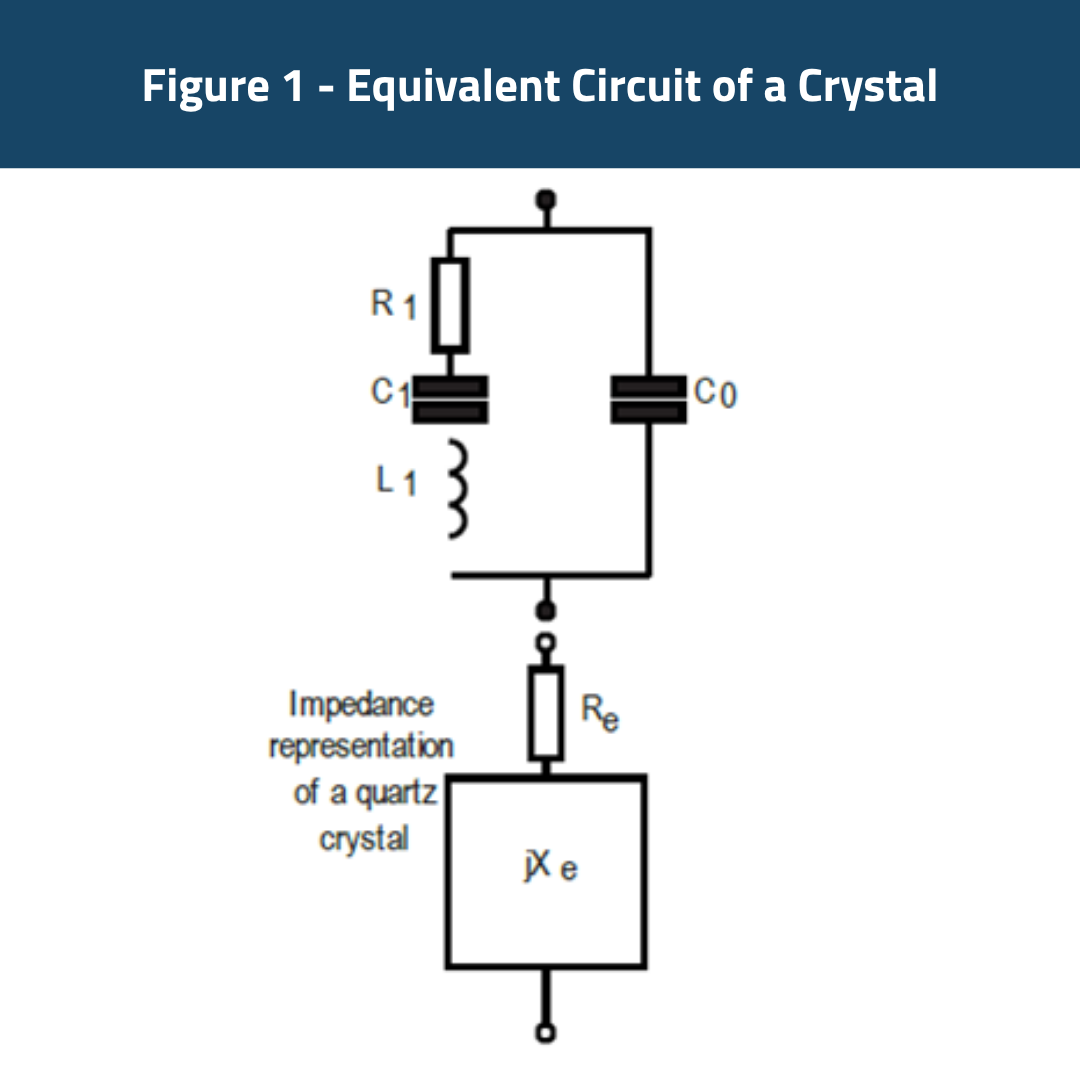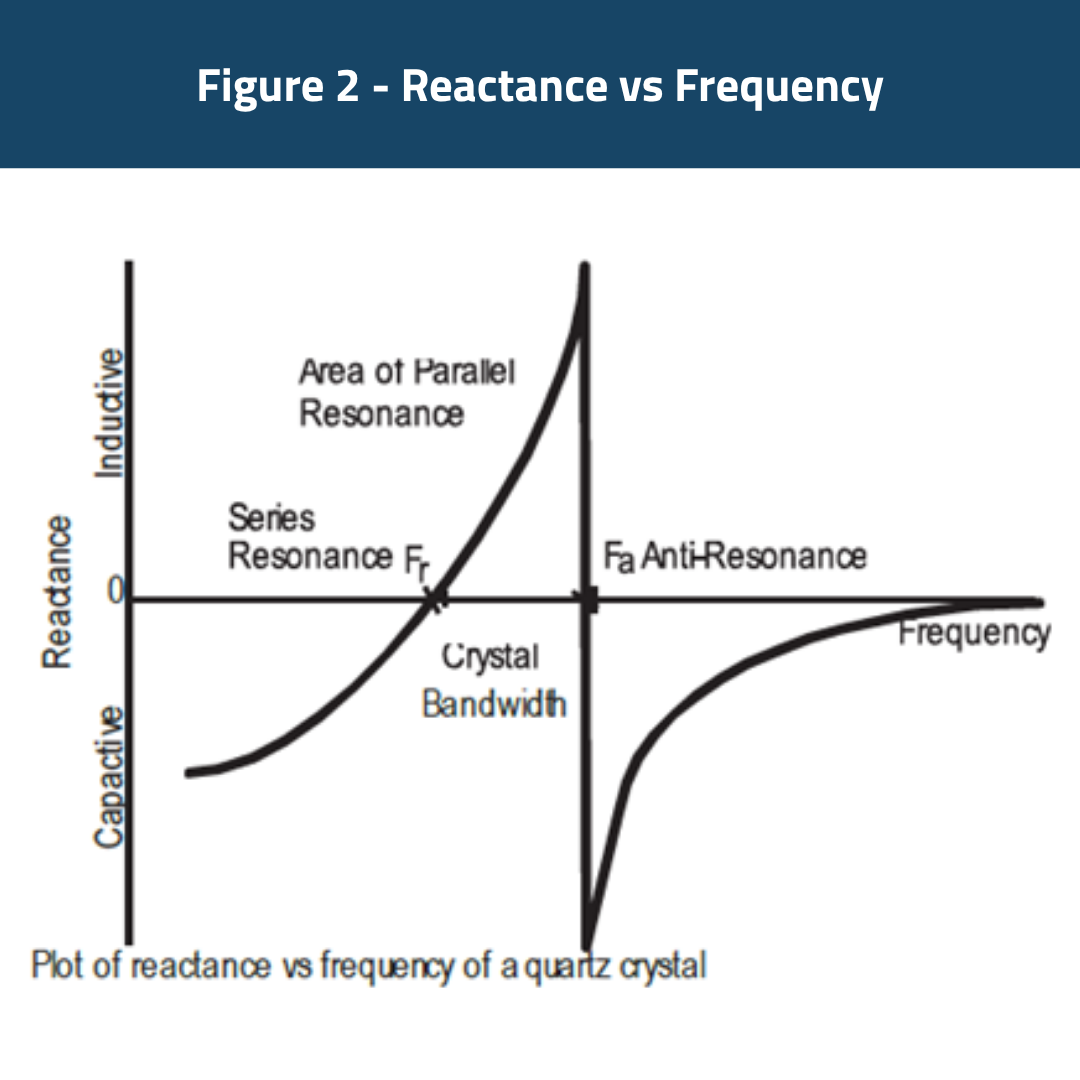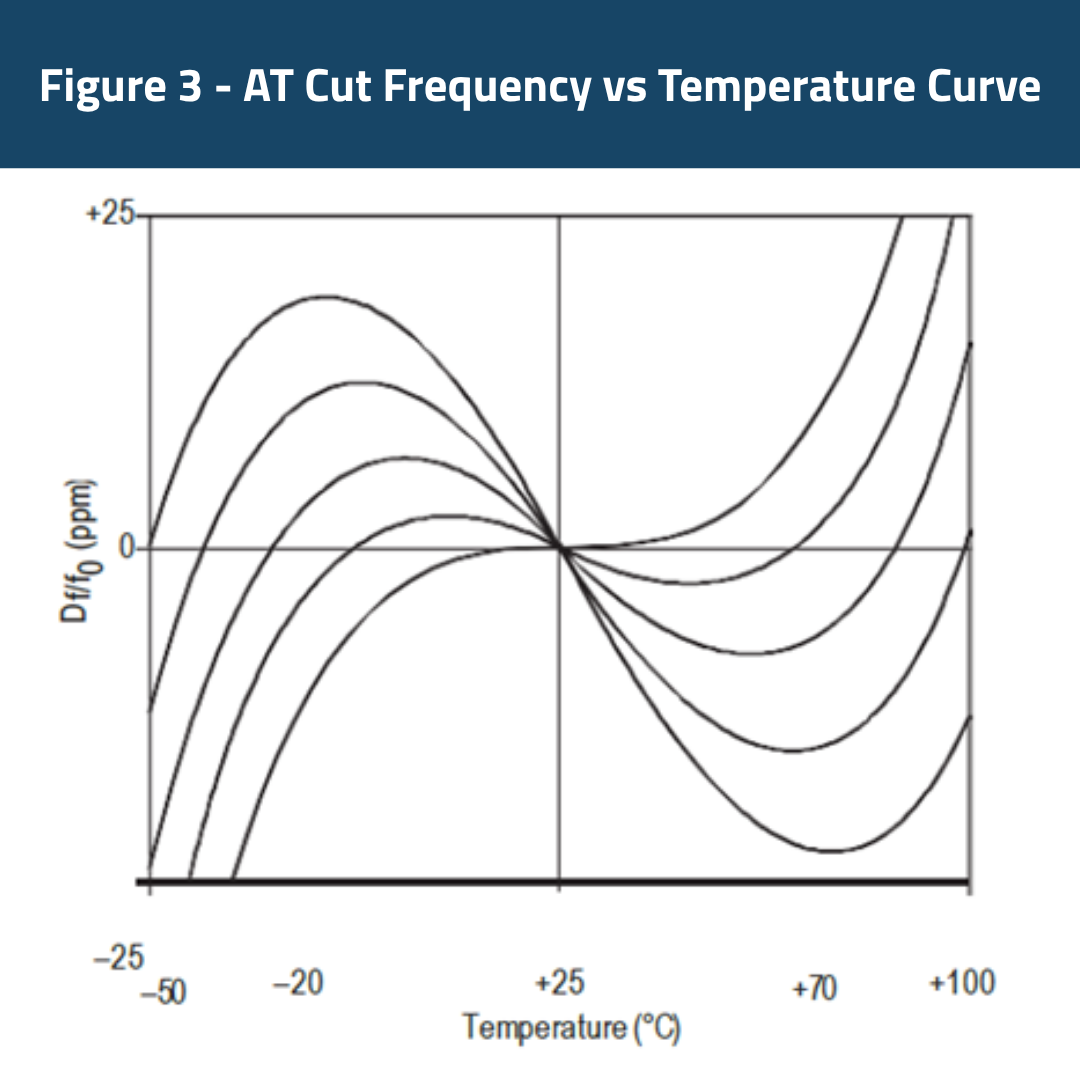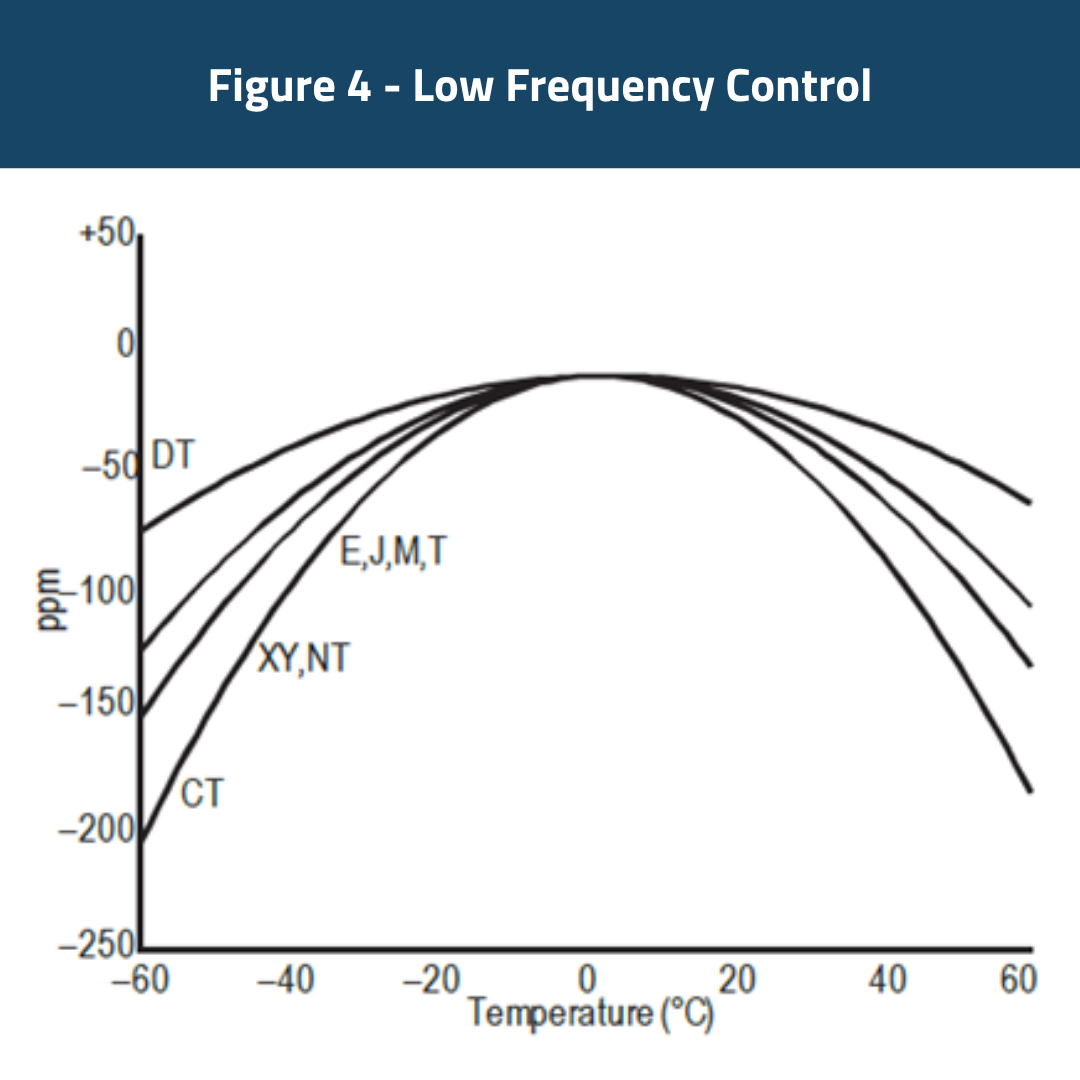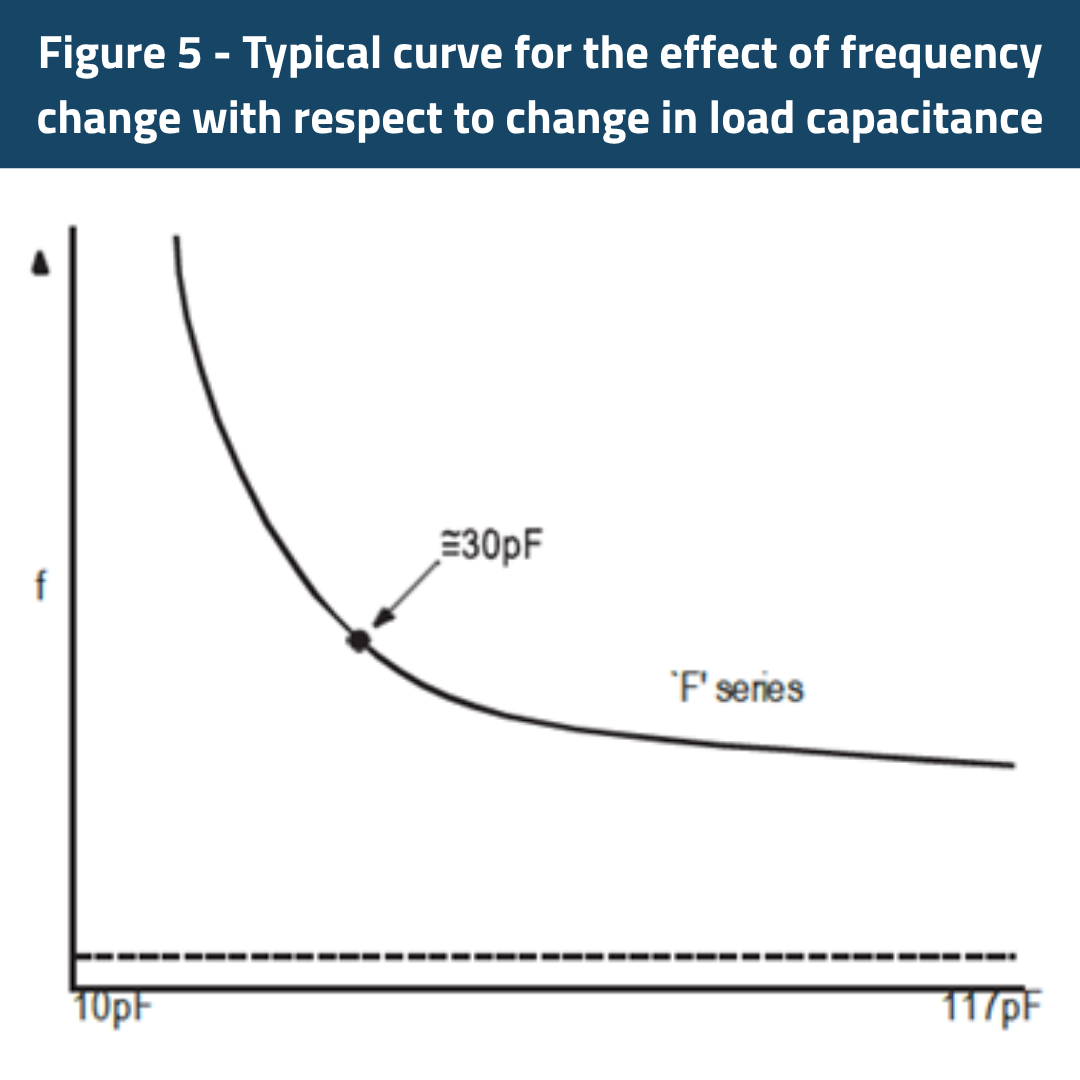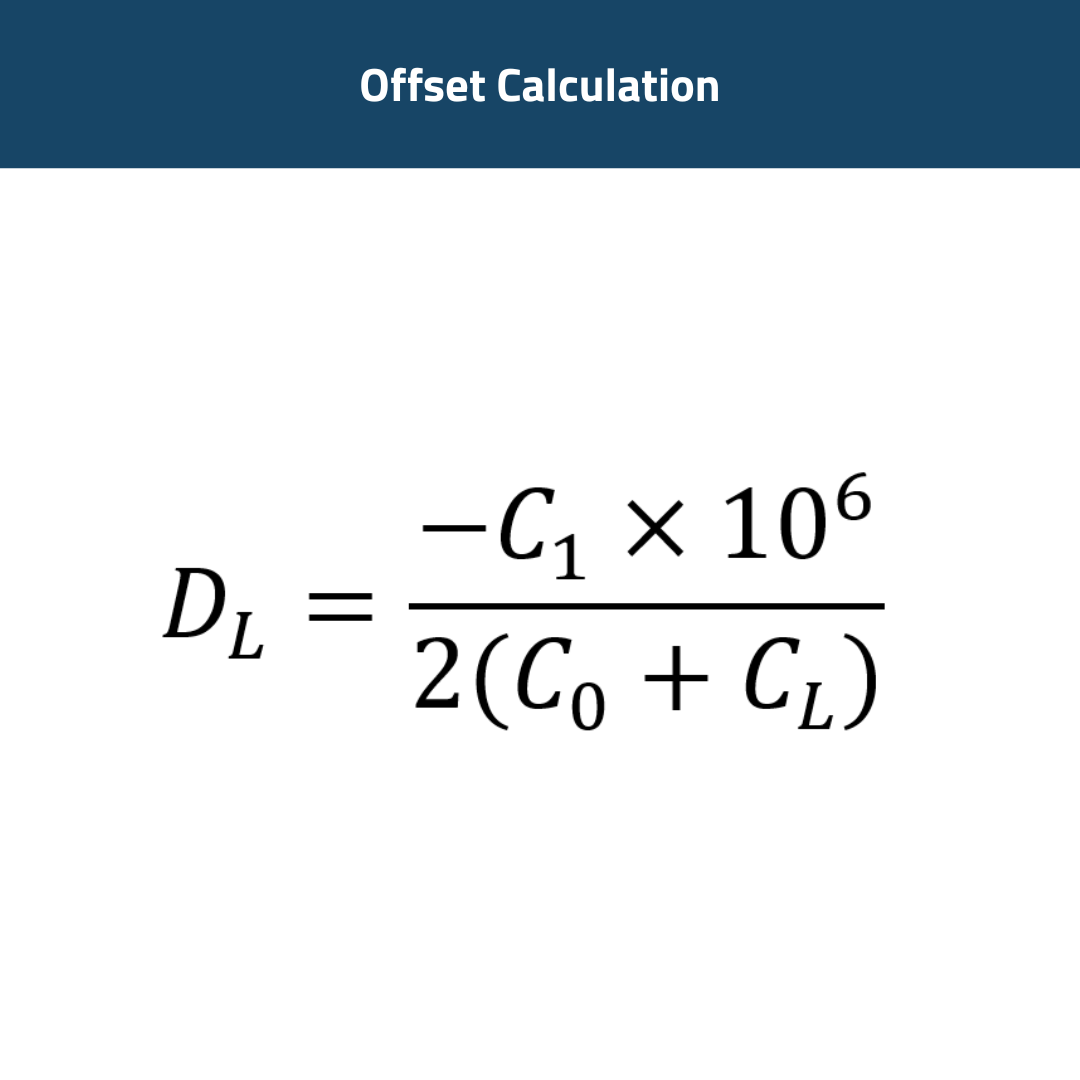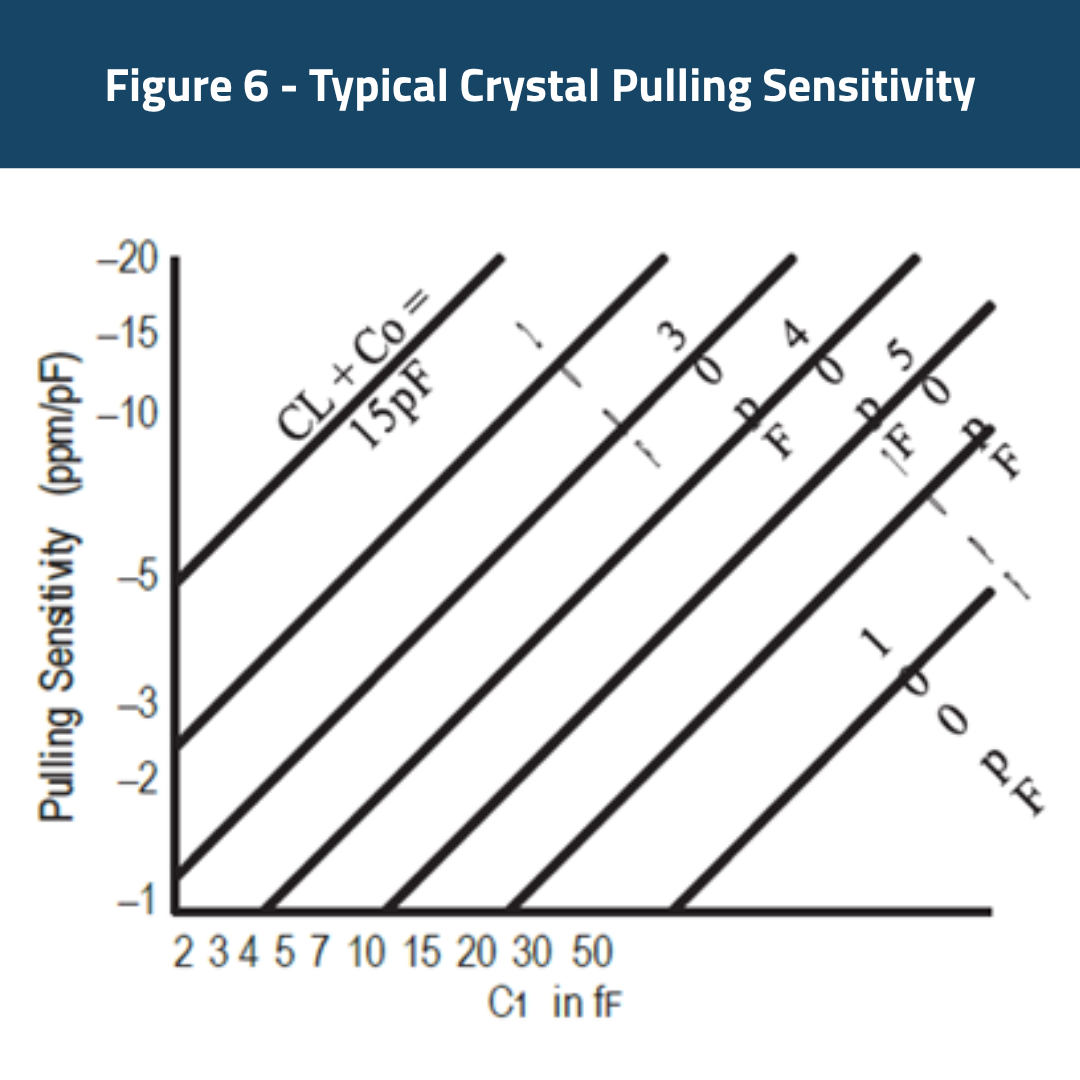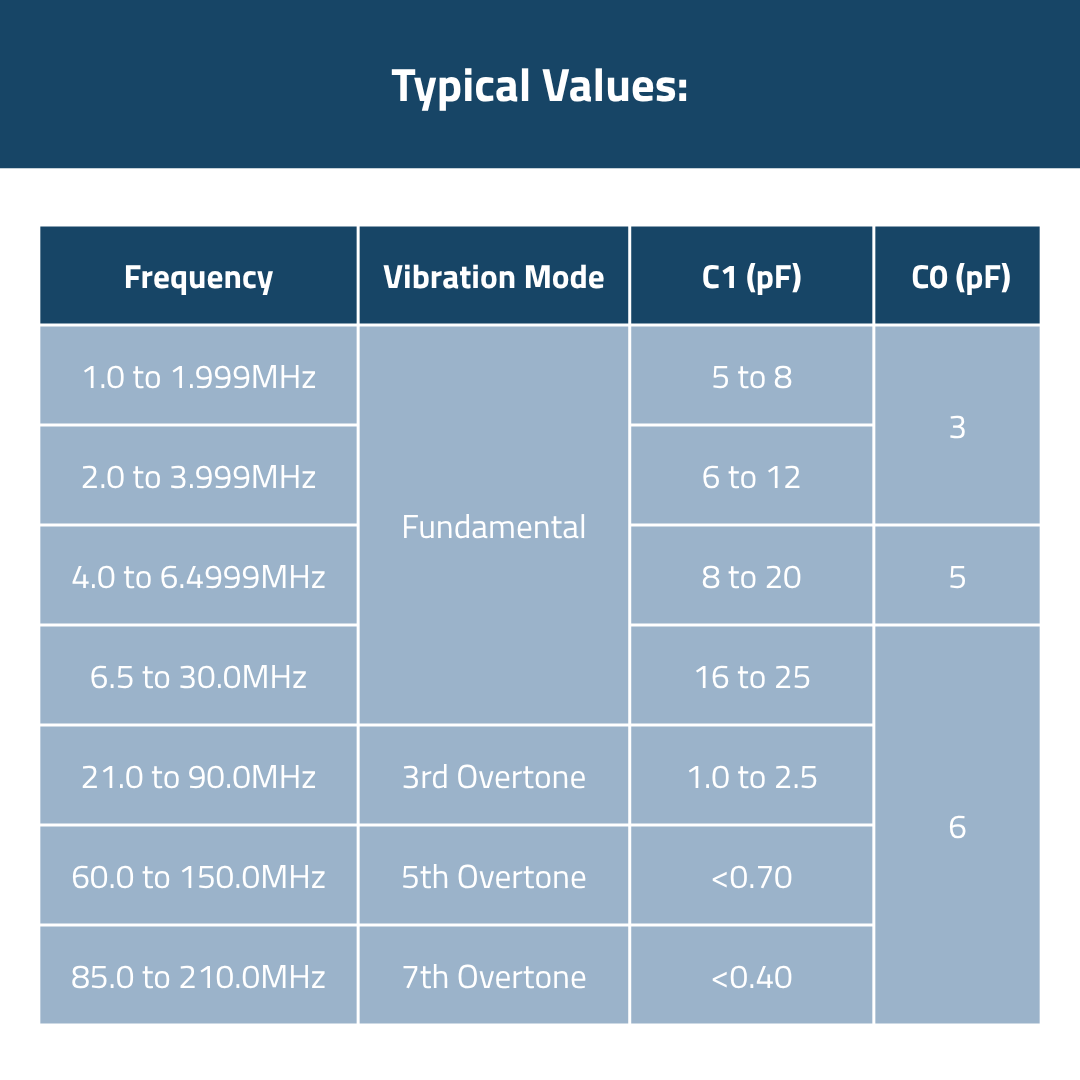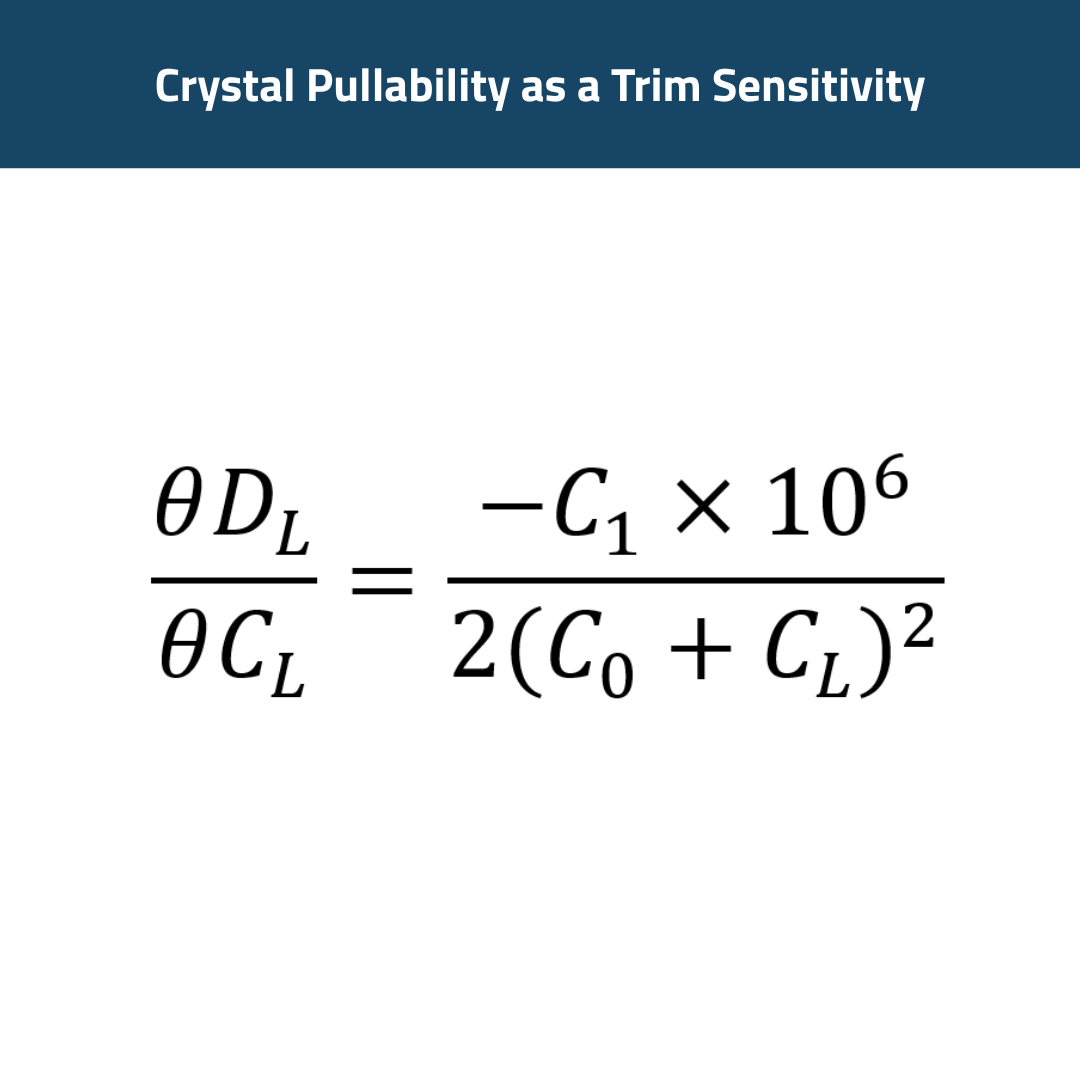Quartz Crystals in Electronics: Precision Timing for High-Performance PCB Designs
Quartz Crystals in Electronics: Precision Timing for High-Performance PCB Designs
The importance of quartz crystal resonators in electronics results from their extremely high Q factor, relatively small size and excellent temperature stability.
A quartz crystal resonator uses the piezoelectric properties of quartz. The direct piezoelectric effect refers to the electric polarization of certain materials brought about by the application of mechanical stress. The converse effect refers to the deformation produced in the same materials by the application of an electric field. In a quartz crystal, a thin slice of quartz, is cut at an appropriate orientation with respect to the crystallographic axes and is placed between two electrodes. An alternating voltage applied to these electrodes causes the quartz to vibrate. The accompanying changes in the electric polarization constitute an electric displacement current through the resonator.
When the frequency of the applied voltage approaches one of the mechanical resonance frequencies of the quartz slice, the amplitude of the vibrations becomes very large. The accompanying displacement current also increases, so that the effective impedance of the device decreases in magnitude. The rapid change in impedance as the frequency varies is the key factor in the application of quartz crystal resonators as frequency control elements in crystal oscillators.
Electrically, a quartz crystal can be represented by the equivalent circuit of Figure 1, where the series combination R₁, L₁ and C₁ represent the contributions to the impedance from the piezoelectric effect, and C₀ represents the shunt capacitance between the electrodes along with any stray holder capacitances. The inductance L₁ is a function of the mass of the quartz while the capacitance C₁ is associated with its stiffness. The resistance R₁ results from the loss in the quartz and in the mounting arrangement. The parameters of the equivalent circuit can be measured to accuracies of the order of 1%.
A reactance-frequency plot of the equivalent circuit is given in Figure 2. There are many related formulae for crystal performance; the first of these is for fs. This is the frequency at which the crystal is series resonant, as shown in image Crystal Series Resonant Frequency.
The reactance value increases from negative values to zero at fs where fs is in Hz, L₁ in henry and C₁ in farad. See image Typical Crystal Parameter Values.
Calibration tolerance is the maximum allowable deviation in frequency of a crystal at a specific temperature (usually 25°C).
Crystals suffer instability from several causes. Temperature variation and a physical change of mass which results in the long-term drift we call ageing are probably those which concern us most.
The effects of temperature variation are minimized by an appropriate choice of crystal cut and (for close tolerance requirements) by including a temperature dependent reactance in the crystal’s circuit, or by holding it at a constant temperature in a small oven. AT-cut crystals are the most widely used today because their family of frequency- temperature curves readily provides good performance at low cost for all but the most demanding applications.
Uncompensated AT-cut crystals can be specified with tolerances down to ±5ppm from –10°C to 60°C, with larger tolerances required for wider temperature ranges as illustrated in Figure 3, showing a typical family of AT-cut frequency-temperature curves.
These curves may be represented by cubic equations and are strongly dependent on the angle of cut of the quartz blank. The points of zero temperature coefficient are called the upper and lower turning points. One turning point can be placed where desired by selecting the angle of cut; the other is then fixed, since both are symmetrical about a point in the 20°to –30°C range. The slope between the turning points becomes smaller as they move together. Crystals designed for use in an oven are cut so that the upper turning point coincides with the oven operating temperature.
Figure 4 shows the frequency temperature curves from several low-frequency cuts. The J-cut is used below 10kHz, while an XY-cut may be used from 3kHz to 85kHz. An NT-cut may be used in the 10kHz range. A DT-cut is applicable from 100kHz to about 800kHz and a CT- cut from 300kHz to 900kHz.
Crystals can be calibrated by their manufacturer at either fr, where they appear resistive (or fs which is very close to fr), or for resonance with a capacitive load, where of course they must appear inductive. The latter condition is called load resonance and represented in general terms by the symbol fL; more specifically, the symbol f₃₀ would, for example, represent the frequency at which the crystal is at resonance with a 30pF capacitive load.
The point on the crystal’s reactance curve at which calibration is needed is determined by the circuit configuration. As a general rule, a non-inverting maintaining amplifier in an oscillator requires calibration at fr and an inverting amplifier needs calibration at some value of ‘load capacitance’, CL. The latter arrangement relies upon the inductive crystal, together with the load capacitance with which it is at resonance, to provide a further 180° of phase shift.
The most common exception to the rule is when a small capacitor, a varicap diode for example, is placed in series with the crystal in the non-inverting amplifier circuit to provide a degree of frequency adjustment. In such a case, the crystal must be calibrated for resonance with the mean value of that capacitance.
The pullability of a crystal is a measure of its frequency change for a given change of load capacitance. This is often expressed as the difference between its series resonance frequency (fr) and its load resonance frequency (fL). See image Offset Calculation where this offset can be calculated in parts per million using fractional load resonance frequency offset (DL), the actual frequency change from fr to fL is for a given value of CL, where C₁, C₀ and CL are all expressed in the same units.
Alternatively, it is common to express a crystal’s pullability as a trim sensitivity in ppm per pF change of load capacitance. This is given in ppm/pF as shown in image Crystal Pullability as a Trim Sensitivity, where C₁, C₀ and CL are in pF, and is shown graphically in Figure 6 for various values of (C₀ + CL).
For more information about any of our parts or for help with your design-in, you can contact our Sales Team, Application Support or Engineering on +44 (0) 1460 270200, or click Contact Us below to submit your enquiry.
Blog
Products, News
News
Products, News
News
Blog
News
News
